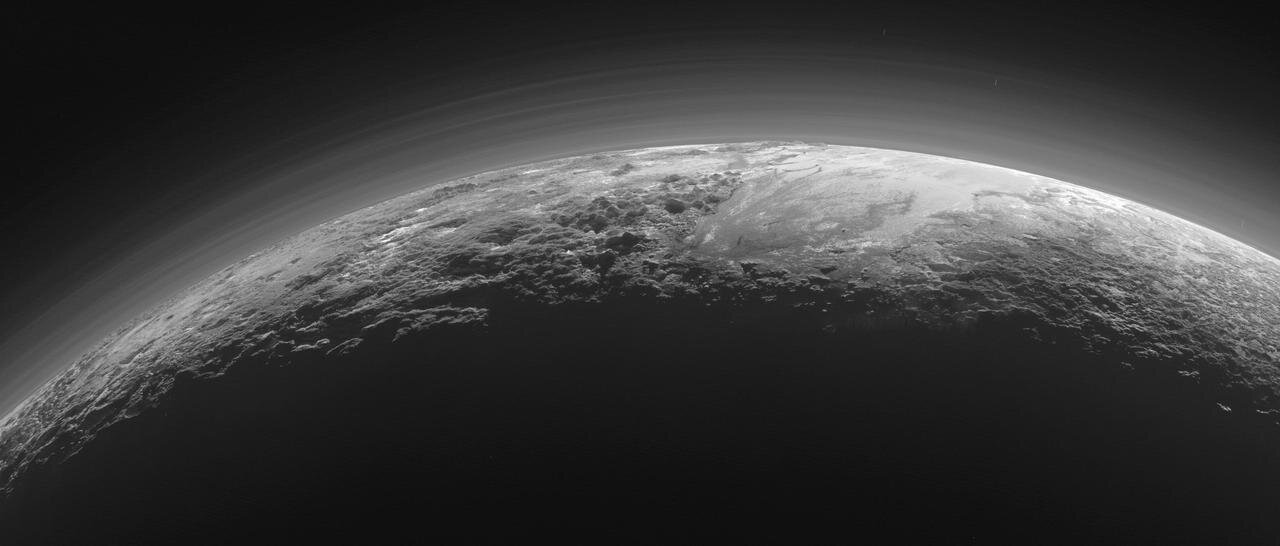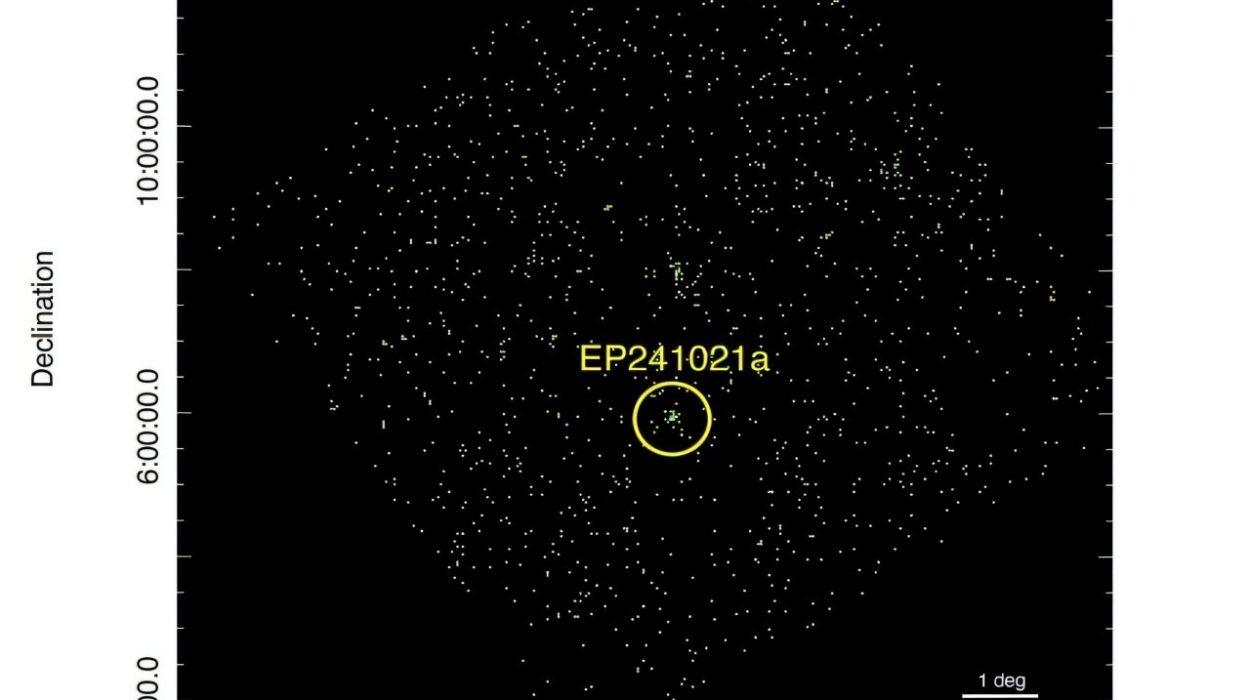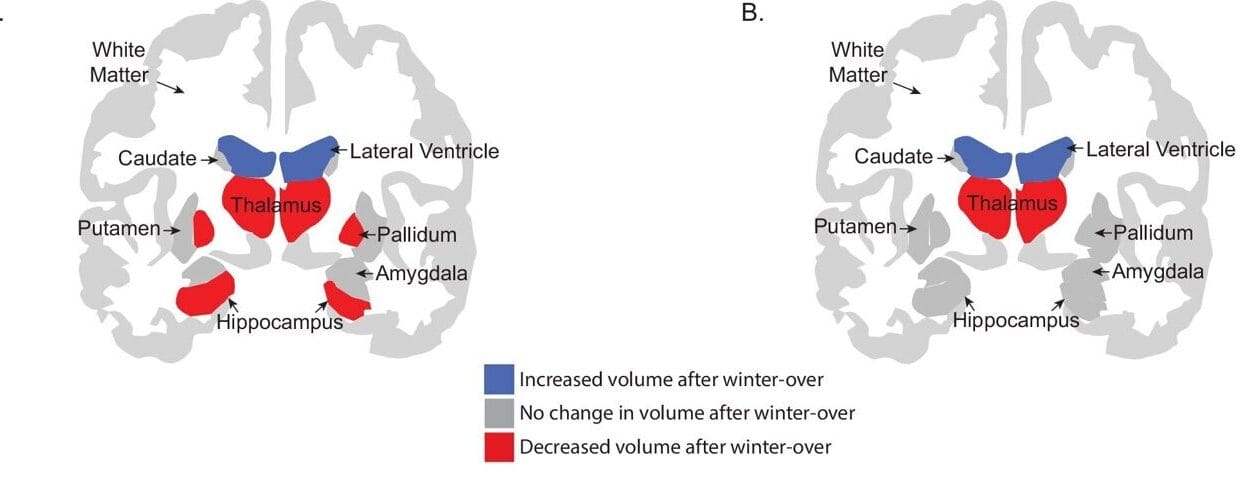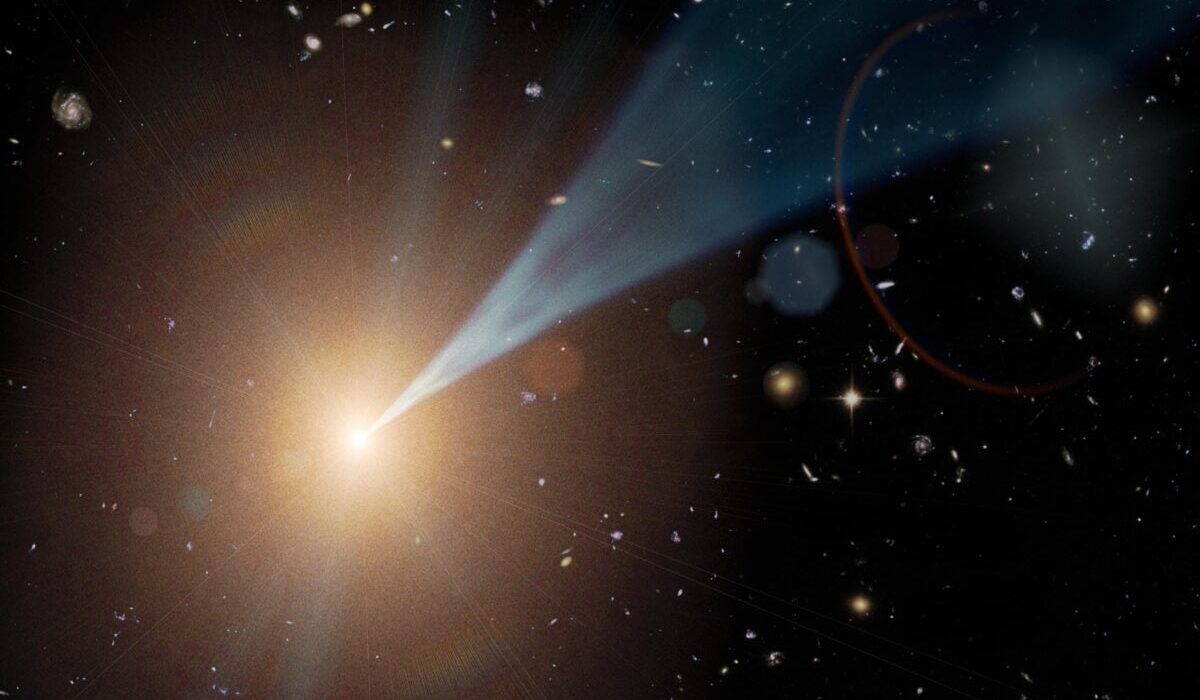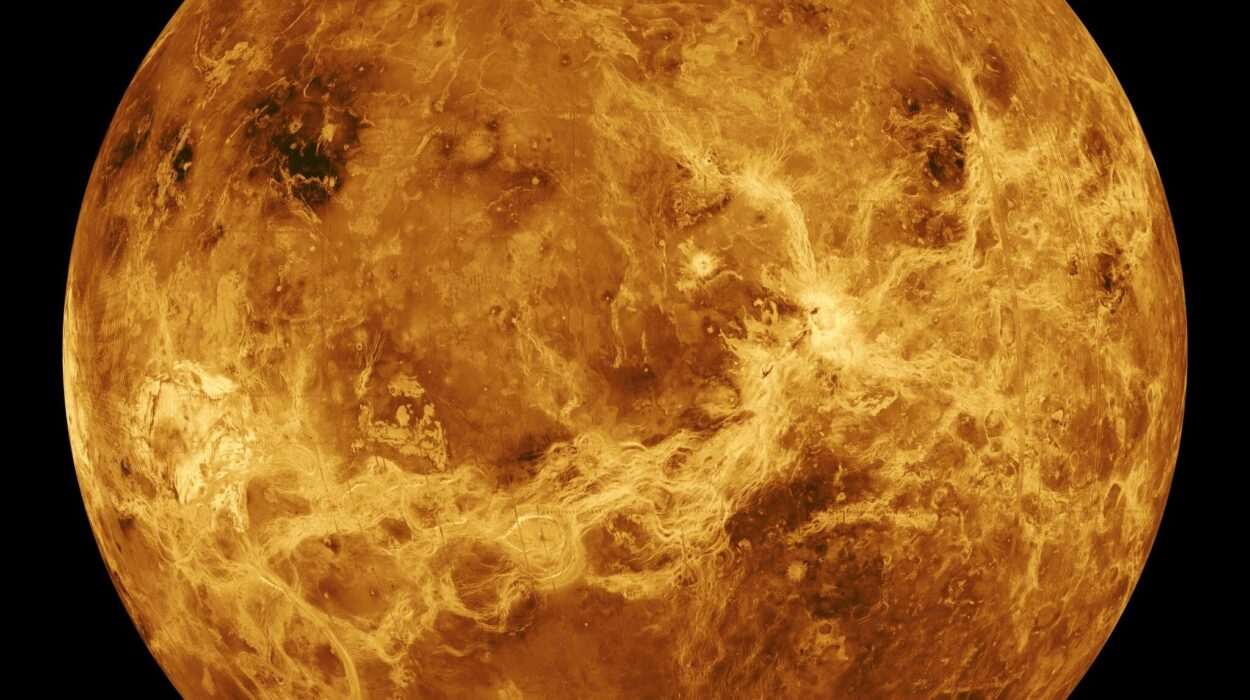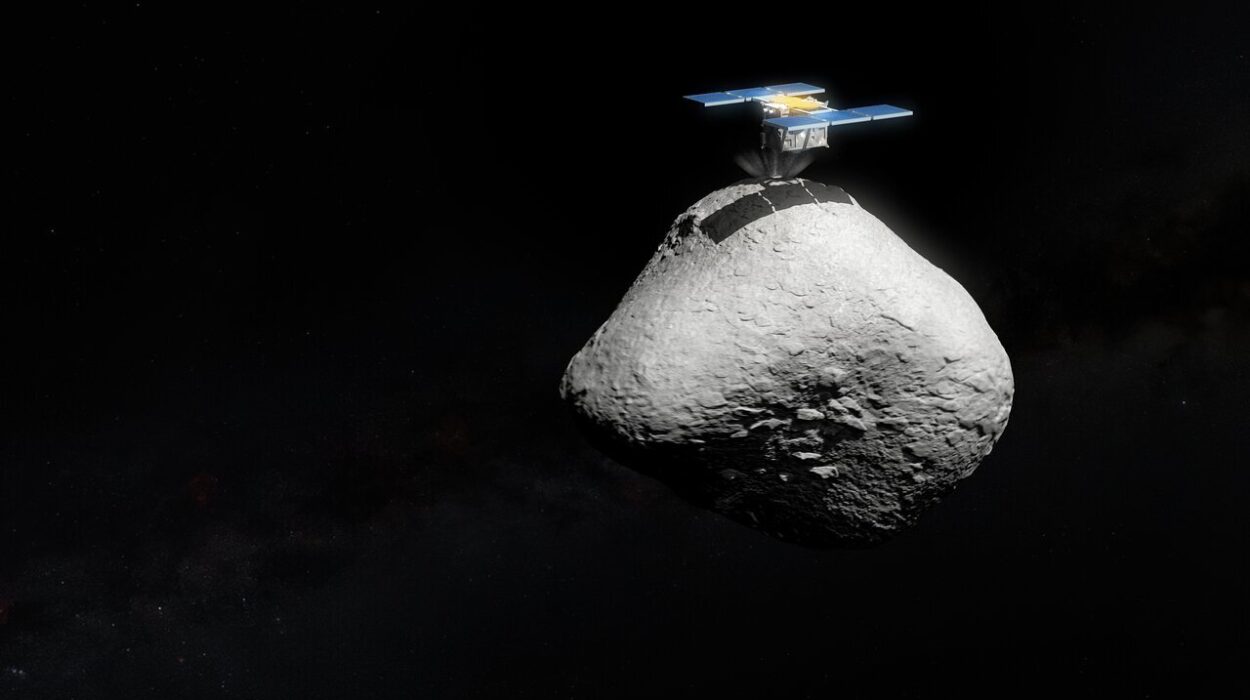438 million miles from Earth, in the cold, silent shadows of the Kuiper Belt, a lone spacecraft turned its camera toward the stars. Its name is New Horizons — the same probe that gave us humanity’s first close-up of Pluto — and its newest achievement is rewriting how we might one day navigate the stars.
In an experiment that is part cosmic geometry, part poetic proof-of-concept, an international team of astronomers used New Horizons to successfully demonstrate deep space stellar navigation for the very first time. The results are now peer-reviewed and accepted for publication in The Astronomical Journal, with a pre-print available on arXiv.
Though it may sound abstract, the success of this stellar navigation test carries immense significance: it offers a glimpse into how future explorers — both robotic and human — could find their place in the galaxy without relying on Earth.
And it all comes down to a cosmic illusion you’ve probably seen, without even knowing it had a name.
The Stellar Parallax: A Cosmic Fingerprint
Hold your thumb in front of your face and blink one eye, then the other. Notice how your thumb seems to jump? That tiny shift is due to parallax — the difference in perspective from each eye.
The same principle applies to stars, only on an unimaginably vast scale. Since the 1800s, astronomers have used stellar parallax to measure the distances to stars, watching how their positions seem to shift slightly as Earth orbits the Sun. It’s been a fundamental technique in astronomy — a pillar of how we measure the universe.
But until now, no one had ever used this phenomenon from deep space — from a location so far from Earth that the effect becomes dramatic enough to not just measure distance, but to calculate a spacecraft’s own position.
“We hoped simultaneous Earth/spacecraft images would make the concept of stellar parallaxes instantly and vividly clear,” said lead author Tod Lauer, an astronomer with NSF’s NOIRLab. “It’s one thing to know something, but another to say, ‘Hey, look! This really works!’”
The Ultimate Perspective Shift
The team selected two of our nearest stellar neighbors for this celestial experiment: Proxima Centauri, just 4.2 light-years from Earth, and Wolf 359, a dim red dwarf 7.86 light-years away. These aren’t just any stars — they’re close, relatively speaking, and perfect candidates for detecting parallax from a distant vantage point.
As New Horizons sped through the Kuiper Belt — more than 7 times farther from Earth than Mars ever gets — its instruments captured images of these stars. Back on Earth, ground-based telescopes took matching observations. The result? From New Horizons’ position, the stars visibly shifted against the more distant stellar background.
This wasn’t just an illusion. It was parallax in its purest form, and a stunning visual confirmation of what students are taught in astronomy 101.
Using these stellar shifts and a 3D model of the solar neighborhood, the team calculated New Horizons’ position in space with astonishing precision: within about 4.1 million miles. To put that in human terms, it’s like hitting a target the size of a soda can from New York to Los Angeles.
While not accurate enough for scientific navigation yet, the proof-of-concept worked — and it worked beautifully.
Why This Matters for the Future of Space Exploration
So why does a starry selfie from deep space matter?
Because this test hints at the kind of autonomous navigation that future spacecraft — and maybe even deep-space crewed missions — will need. As humans venture farther from Earth, radio signals will take minutes or hours to reach their destinations. Relying on Earth for constant course correction isn’t just inefficient; it becomes impossible.
Instead, spacecraft will need to navigate the way sailors once did: by looking to the stars.
This experiment, small and experimental though it was, demonstrates that it’s possible. By measuring the apparent shift of stars from two different points in space, a spacecraft could one day triangulate its exact location without any help from home. It’s celestial dead reckoning, updated for the space age.
The Probe That Keeps on Going
Launched in 2006, New Horizons has always been an overachiever. After a nine-year, 3-billion-mile journey, it gave humanity its first-ever glimpse of Pluto’s icy mountains and Charon’s cracked surface in 2015. Then it pushed onward, making a flyby of Arrokoth, the most distant object ever visited up close.
Now, long past its original mission, New Horizons is speeding toward the edge of the solar system, entering the vast, mostly empty space between stars. Its instruments continue to collect data on the heliosphere — the protective bubble created by the Sun’s magnetic field. Within the next few years, it is expected to cross the termination shock, the boundary where the solar wind slows and interstellar space truly begins.
Even as it drifts farther from Earth, it continues to give us perspective — literally and figuratively — about our place in the cosmos.
“Hey Look! This Really Works.”
What makes this story remarkable isn’t just the science. It’s the almost childlike joy that echoes through the researchers’ words. This wasn’t just another data point. It was a chance to prove, in the most vivid way possible, a foundational truth of astronomy — by seeing it from a place we’d never seen before.
It’s one thing to trust in parallax, to believe the math. It’s another to look at an image from half a billion miles away and see that the stars really do shift — just as predicted — and realize: we can find ourselves by watching the sky.
In the end, New Horizons reminds us that even in the quiet vacuum of space, with no up or down, no sound, no anchor — we are never truly lost, so long as we have stars to guide us.
Reference: Tod R. Lauer et al, A Demonstration of Interstellar Navigation Using New Horizons, arXiv (2025). DOI: 10.48550/arxiv.2506.21666
